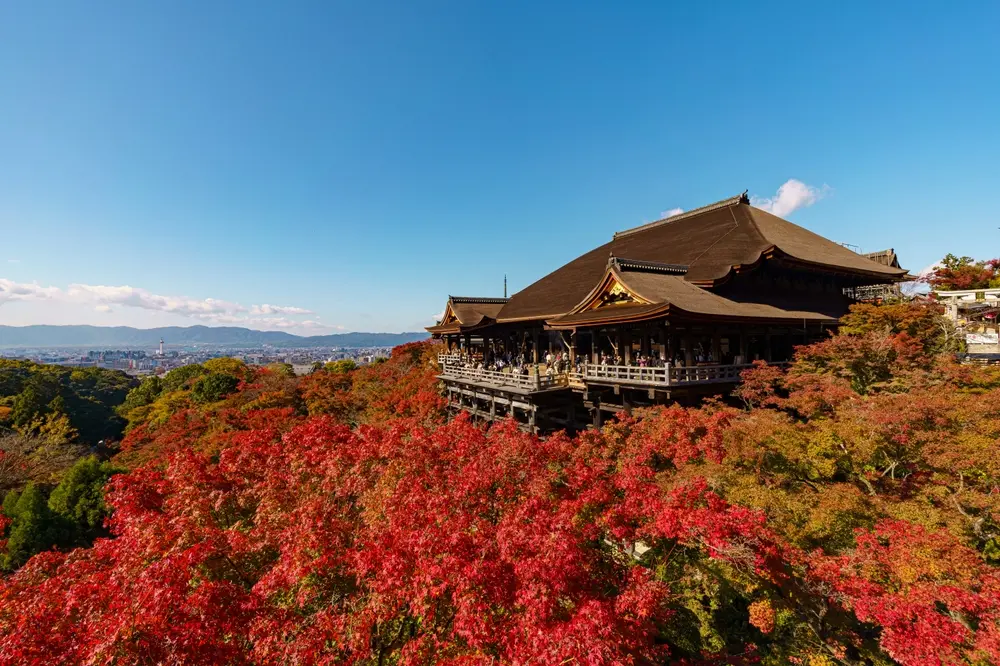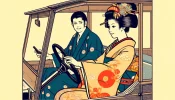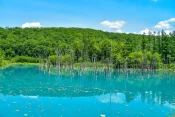Kiyomizu-dera Temple: A Kyoto Must-See That’s More Than Just a UNESCO Site
If you’re dreaming of Japan, put Kiyomizu-dera Temple in Kyoto at the top of your list. It’s not just another UNESCO World Heritage Site – this Buddhist temple is an icon, a place that’s both breathtakingly beautiful and deeply personal to me.
Kiyomizu-dera’s Storied Past
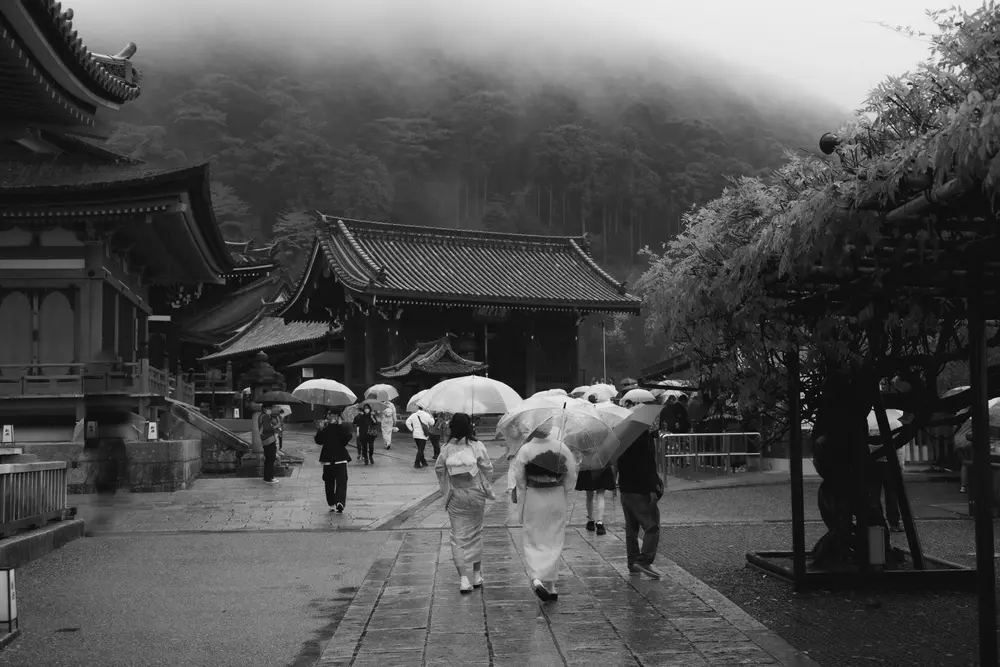
Kiyomizu-dera’s story began way back in 778, long before Kyoto was even Japan’s capital. A monk named Enchin had a vision of Kannon, the goddess of mercy, and dedicated the temple to her. It quickly became a pilgrimage hotspot, and that spiritual energy still resonates today.
The temple has seen its share of ups and downs over the centuries, being destroyed and rebuilt multiple times due to fires and earthquakes. But each time, it’s come back stronger, a testament to the resilience of the Japanese spirit and the deep reverence for this sacred place.
Architectural Wonders That Will Take Your Breath Away
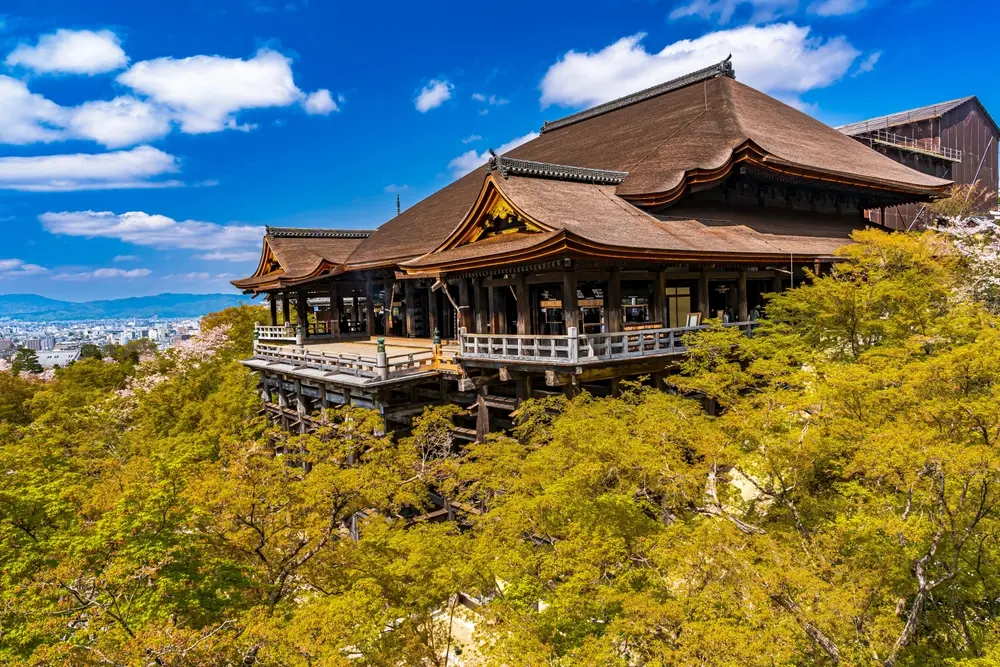
The main hall is what usually steals the show. It’s built on a massive wooden platform that seems to defy gravity, jutting out over the hillside and supported by 139 pillars. The views from up there? Absolutely jaw-dropping. You’ll feel like you’re floating above the city, surrounded by lush greenery.
Otowa Waterfall

Then there’s the Otowa Waterfall, cascading down the hill below the main hall. It’s split into three streams, each said to grant a different wish: longevity, success in studies, and love. When I was younger, I always went for the love stream, but these days, I find myself drawn to the longevity one. Priorities change, right?
Finding Love (and Luck!) at Jishu Shrine

If you’re looking for love, don’t miss Jishu Shrine, tucked away on the temple grounds. It’s dedicated to the deity of love and matchmaking. In my younger days, I used to come here for love fortunes. There’s even this fun tradition where you walk between two stones with your eyes closed, and if you make it to the other side, your love life is supposed to be smooth sailing.
Nature’s Masterpiece: Kiyomizu-dera’s Surroundings

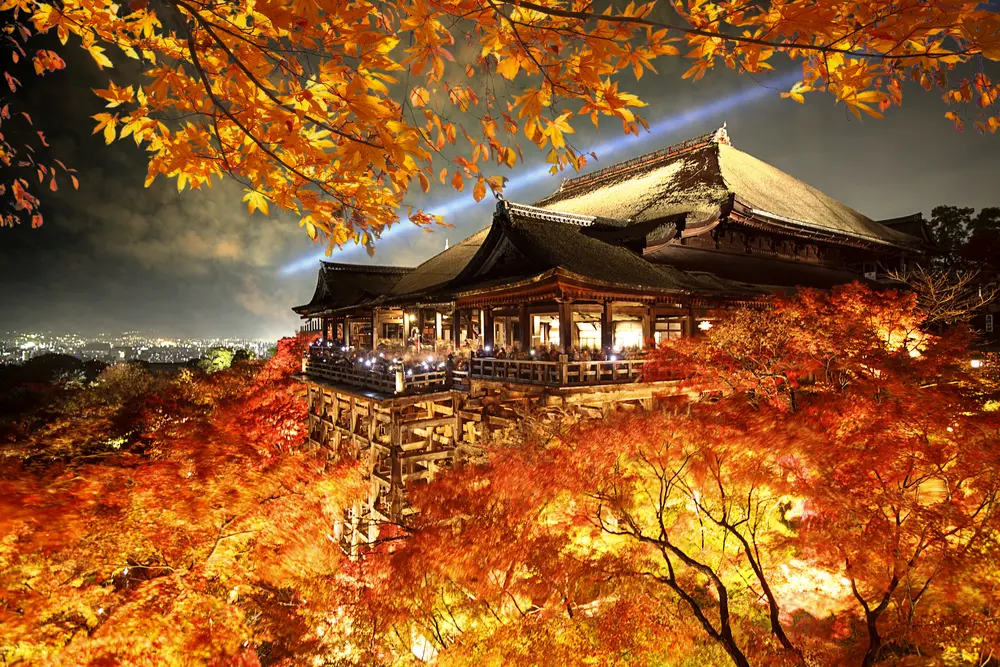
Kiyomizu-dera is stunning year-round, but spring and fall are extra special. Spring brings a sea of pink cherry blossoms, while fall paints the leaves in fiery reds, oranges, and yellows. It’s a photographer’s dream.
The temple is nestled in forests and gardens, perfect for a peaceful wander. You’ll stumble upon hidden waterfalls, moss-covered statues, and quiet corners to just breathe and be.
Your Guide to Visiting Kiyomizu-dera
Getting to Kiyomizu-dera is a breeze. From Kyoto Station, hop on a bus or taxi. The bus takes about 15 minutes, while a taxi will get you there in 10. If you’re up for it, you can walk too, but be prepared for a bit of an uphill climb.
The temple is open daily from 6 am to 6 pm, and the admission fee is 400 yen (around $4 USD). My advice? Go early in the morning or later in the afternoon to beat the crowds. And wear comfy shoes – you’ll be doing a lot of walking!
Kiyomizu-dera’s Twin in Hokkaido?
Here’s a fun fact: there’s a replica of Kiyomizu-dera in Hokkaido, the northernmost island of Japan. It was built in 1991 and is a popular spot in its own right. While it’s not as grand as the original, it’s still worth checking out if you’re up north.
Frequently Asked Questions About Kiyomizu-dera
- When’s the best time to visit? Spring and fall are the most popular, but the temple is beautiful all year round.
- How long should I plan for my visit? Most people spend 1-2 hours exploring the temple complex.
- Is it wheelchair accessible? Parts of it are, but there are some areas with stairs.
Conclusion: Let Kiyomizu-dera Cast Its Spell on You
Kiyomizu-dera is more than just a temple. It’s a piece of living history, a symbol of Japan’s rich culture and spirituality. Whether you’re drawn to its history, architecture, or natural beauty, Kiyomizu-dera is an experience that will stay with you long after you leave. So what are you waiting for? Start planning your visit today!
Reviews from Visitors
There are no reviews yet. Be the first one to write one.
